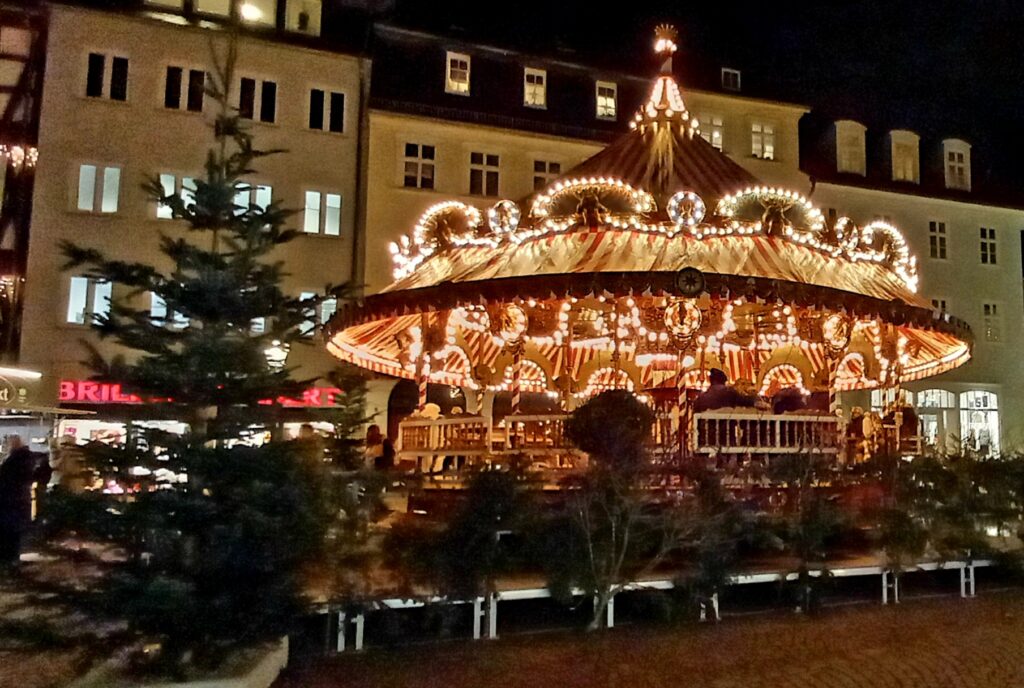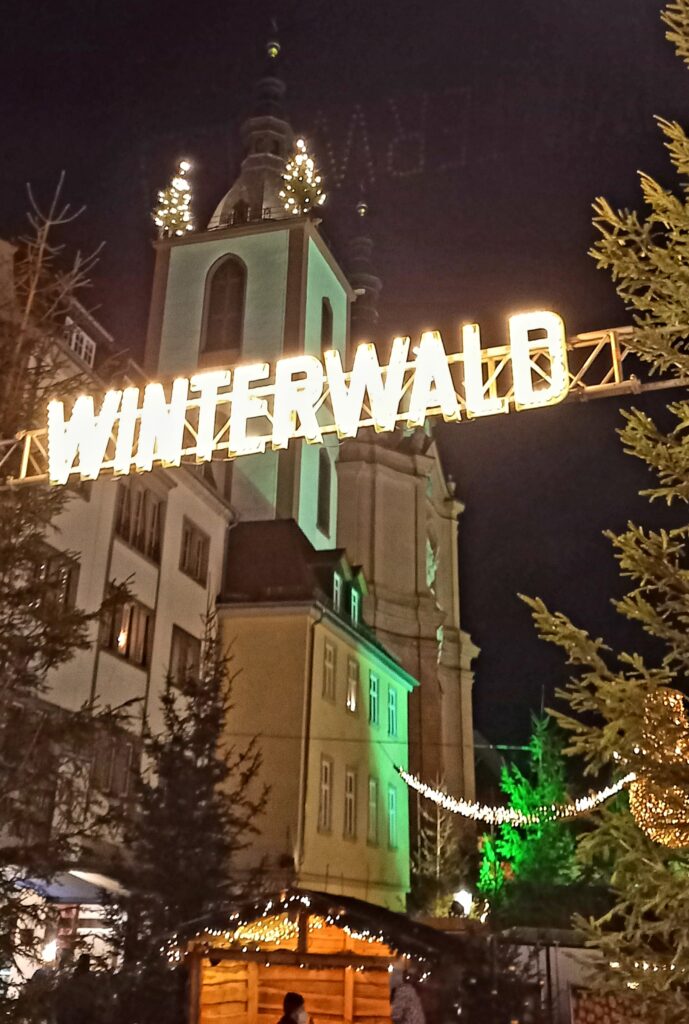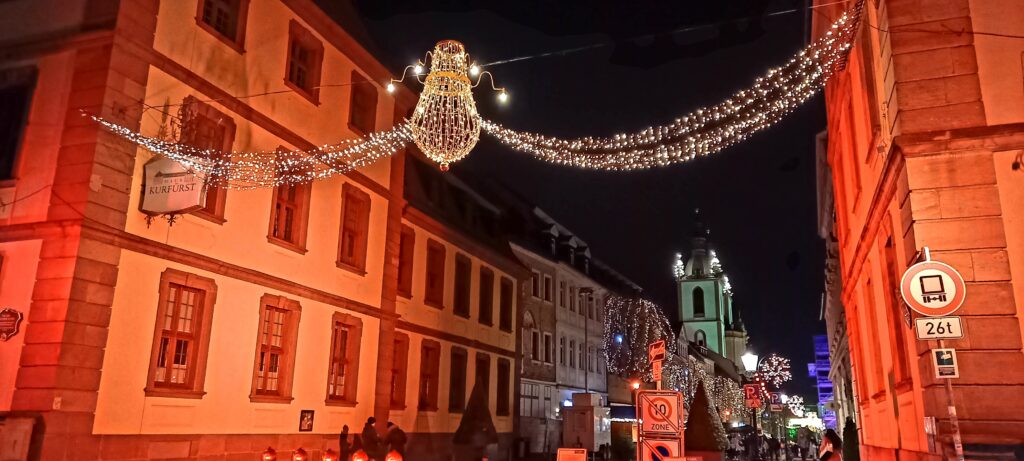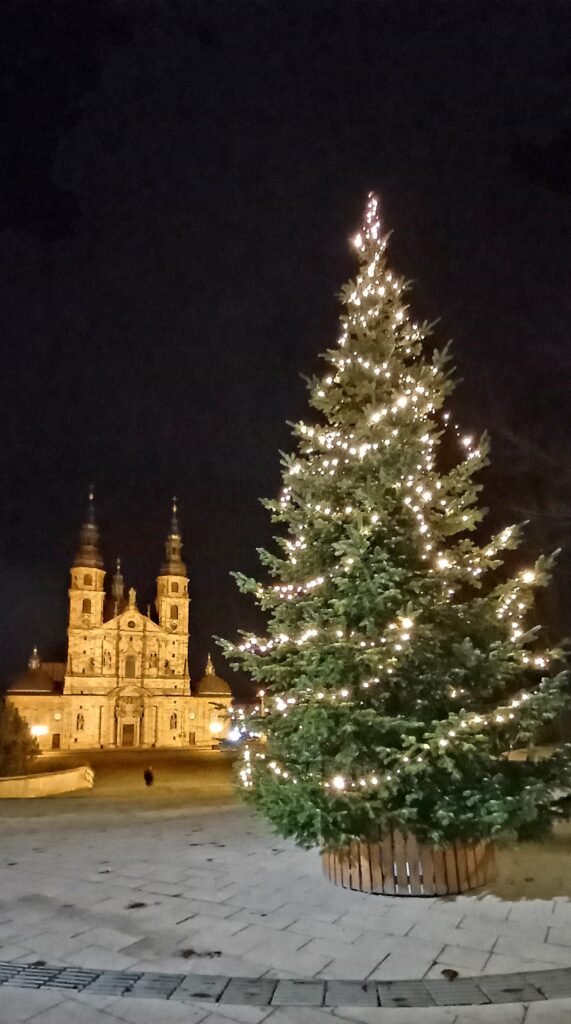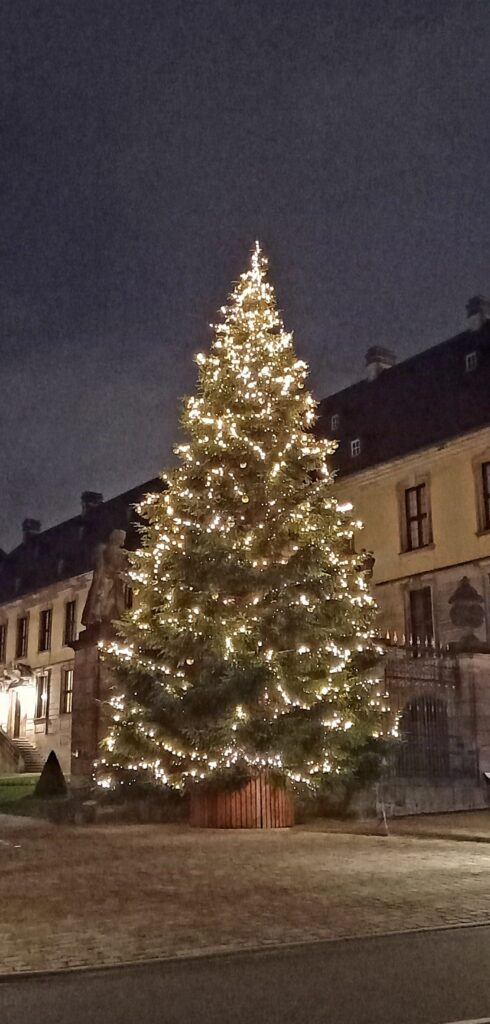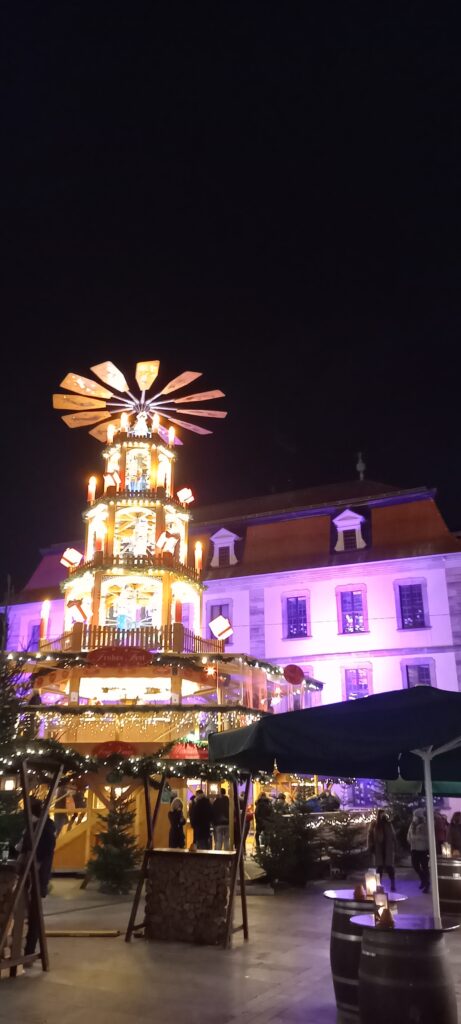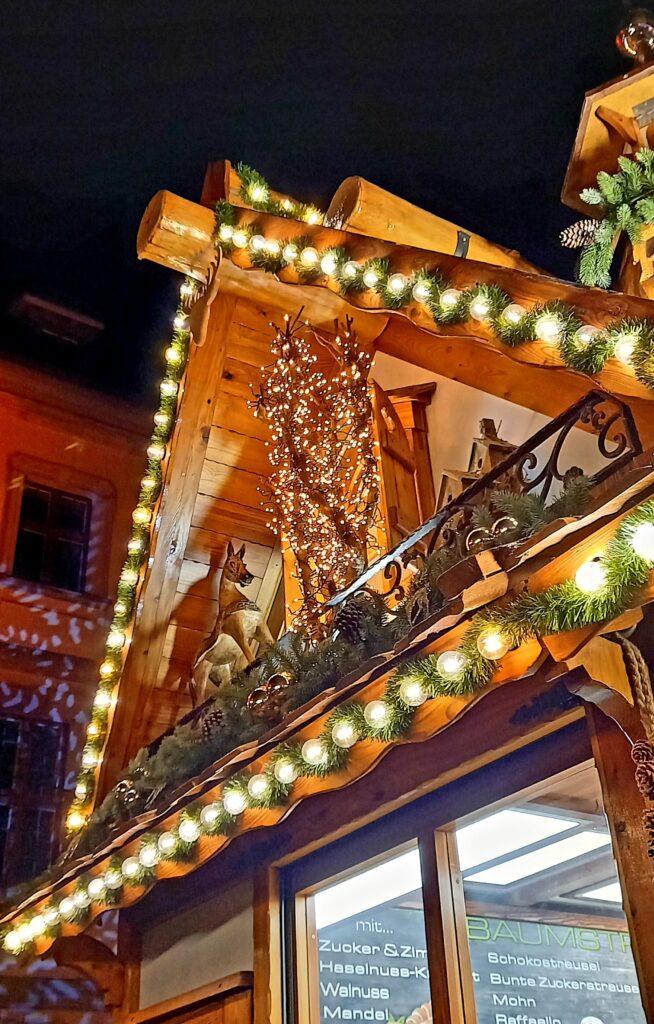Merry Christmas 2021
We wish all our customers and partners a Merry Christmas and peaceful, relaxing holidays. We hope for a good start into the new year 2022 and wish everyone much strength during this time. We would also like to take this opportunity to expressly thank you for the successful cooperation so far and look forward to a new year together.
Our company holidays 2021/22
We will be on holiday from 23 December 2021 to 02 January 2022. In urgent cases you can of course still reach us at info@softvision.de. From Monday, 3 January 2022, we will be happy to be at your service again during our usual business hours.
Stay healthy!
Impressions Christmas Market Fulda 2021
Fun-Facts
Why is the gingerbread man called “Grittibänz”? Was Jesus born on 24 December? Why do the Swedes always put up a seven-metre-high billy goat on the first Sunday of Advent? Where does the tradition of decorating Christmas trees come from and what happens in Spain on 22 December? Where is the biggest and tallest Christmas tree and what are the most important Christmas food customs around the world? What is probably the most beautiful Christmas tradition that everyone should adopt and which customs around the globe bring good luck on New Year’s Eve and New Year’s Day and who is Krampus anyway?
10 unusual, lesser-known facts about Christmas
- Why is the gingerbread man called “Grittibänz”? – The “Grittibänz” is a lesser-known relative of the Gingerbread Man. It comes from Switzerland and is made from yeast dough. But why Grittibänz? The name is a combination of the words Gritte and Bänz, where Gritte means to spread one’s legs and Bänz is a diminutive of Benedikt. These little bread men actually already existed in the Middle Ages and have a special history. In northern France, there was a custom of electing a child bishop on St. Nicholas’ Day, who was then allowed to parade through the town with other children, where the bread men were given as refreshments. A nice custom that is less known today.
- Was Jesus born on 24 December? – Contrary to the widespread belief that Jesus was born on 24 December, it is actually unknown on which day Jesus was born. But why then the 24th of December? The time of the winter solstice plays a role here, because from then on the days become longer again. And this has been celebrated in a big way by many peoples for a long time. In addition, Jesus is often compared to light or the sun in biblical terms, which is why 24 December also had great symbolic significance in this respect. Here, the end, the victory over darkness, is also symbolic of hope.
- Why do the Swedes always put up a seven-metre-high billy goat on the first Sunday of Advent? – In Gävle, Sweden, a seven-metre-high and 13-metre-long billy goat (called Julbock or Gävlebocken) has been erected on the first Sunday of Advent since 1966. The billy goat has a great tradition in Sweden. The ancestors of the Swedes, the Vikings, had already given great importance to the billy goat as Thor’s favourite animal, and at the time of the solstice offerings were made to him in the form of a billy goat. At Christmas, the Swedes still decorate their houses with billy goats.
- Where does the custom of decorating a Christmas tree come from? – Today, the Christmas tree is in every living room. But this was not always the case. At first, the monk Boniface probably chose a tree for Christmas. According to legend, he felled an oak tree, which fell to the ground and buried everything under it except a small fir tree. The fir tree thus stood for strength and for eternity (evergreen). Firs were admired because they could survive even the coldest winters. In the past, only branches were fastened under the ceiling and decorated, this custom then developed into today’s fir tree in the home. The first ones probably appeared about 500 years ago in Alsace. First on royal courts and later in the villages.
- What happens in Spain on 22 December? – Probably one of the most unusual customs, but also one of the most exciting for everyone involved, is the Spanish christmas lottery. Every year on 22 December, everyone in the country has a lottery ticket and awaits the drawing of the main prize. This lottery has been around since 1811 and has always been held. Spaniards start buying tickets in the summer and then sit together in front of the television on 22 December for the five-hour draw.
- Where is the biggest and tallest Christmas tree? – The tallest Christmas tree is not in New York at Rockefeller Center (21m) or in London’s Trafalgar Square (20m). Another very tall tree is in St Peter’s Square in the Vatican (21m). There are even taller trees, such as the Christmas tree in Dortmund (45m), but fake. Incredibly, this is even topped in Gubbio in Italy with an artificial tree that is 650 metres (!) high as well as in Rio de Janeiro with a floating tree that is 70 metres high.
- What are the most important Christmas food traditions around the world? – Let’s get to the essence of what Christmas is all about. The good food. For example, our Polish neighbours always have exactly 12 dishes on the table (for the number of months). Among other things, they serve borscht, rolled meatballs or poppy seed dumplings. In Norway, a pretzel fish is traditionally prepared, in Sweden potato casserole, in Greece butter biscuits, in England “Christmas pudding” and in Italy a tower of yeast cakes…
- What is probably the most beautiful Christmas tradition that everyone should adopt? – A very nice custom that everyone can take up and which sums up the essence of Christmas figuratively is “the empty seat for a stranger”. Since no one should be alone on Christmas Eve and it is also about giving refuge to someone, one should always place an extra place setting on the Christmas table. In other words, one should always leave room for an additional, unexpected guest. In some countries, this custom also exists to commemorate family members who have died.
- What customs around the world bring good luck on New Year’s Eve and New Year’s Day? – In Japan, dolls are traditionally painted on the morning of 1 January. These dolls are considered lucky charms and are either kept and painted further or (if they did not fulfil the wishes) they are burned the next year. In Denmark, on the other hand, dishes are smashed and everyone jumps down from a chair into the new year at midnight. This is also done in Argentina, where people jump from one leg to the other. The Scots celebrate with a big parade, lighting torches and fires. In Brazil, it is customary to enter the New Year dressed in white (“pure”) and in New Zealand, pots and pans are banged (banishing evil spirits). In Spain and Italy, 12 round fruits are also traditionally eaten (grapes). All this is supposed to bring good luck in the new year.
- Who is “Krampus” anyway? – You hear this strange term over and over again, but who is “Krampus”? Unbelievable, but true. The Krampus is, so to speak, the brother of dear St. Nicholas. At first he looked like a bishop, then (since 1931) the Coca-Cola Father Christmas (in red and white with a beard) came into play. In the Alpine countries of Austria and Germany, St. Nicholas is followed by “devilish” processions. These devils have horns, beards and claws and call themselves Krampus. They scare passers-by, even steal and cause chaos. An unusual and creepy custom that can also cause alienation.

